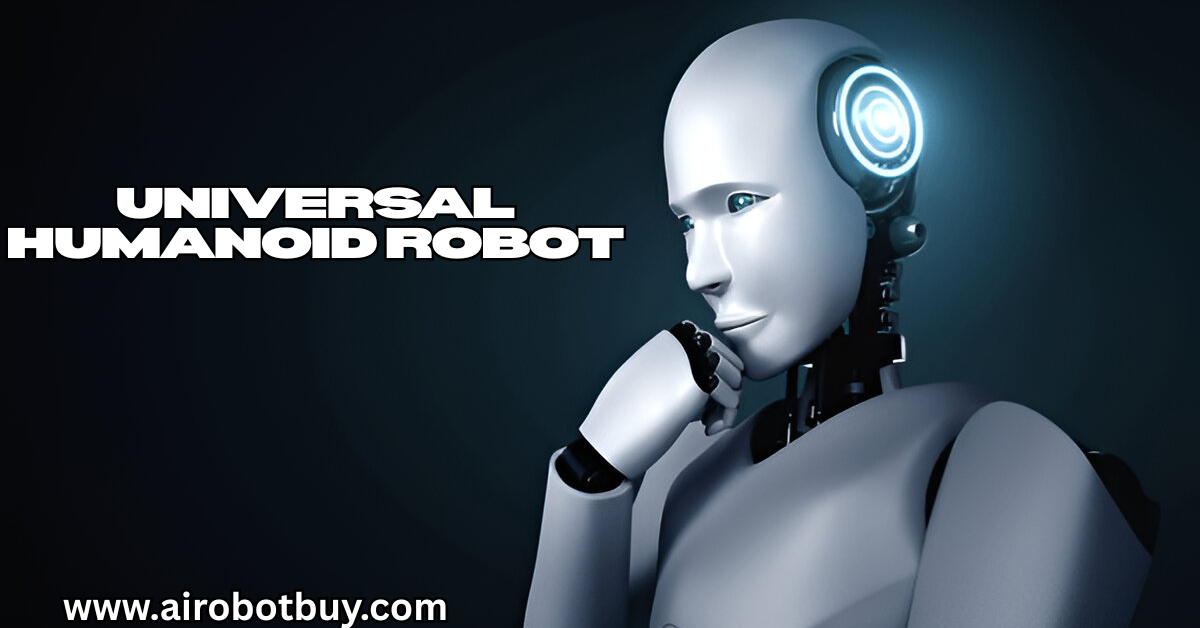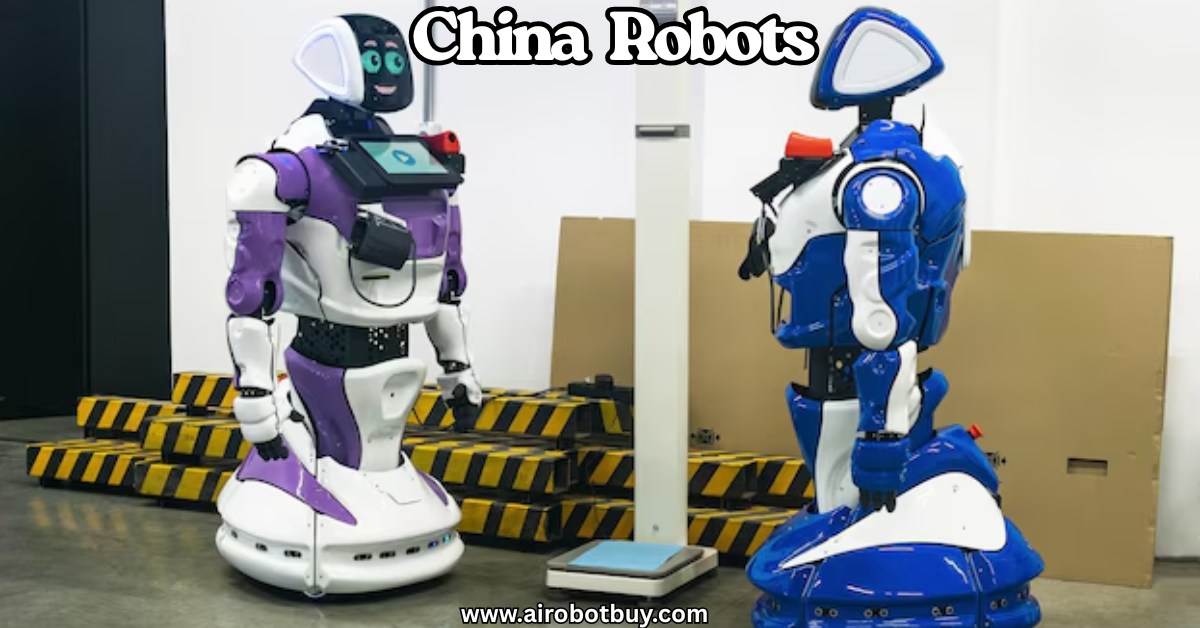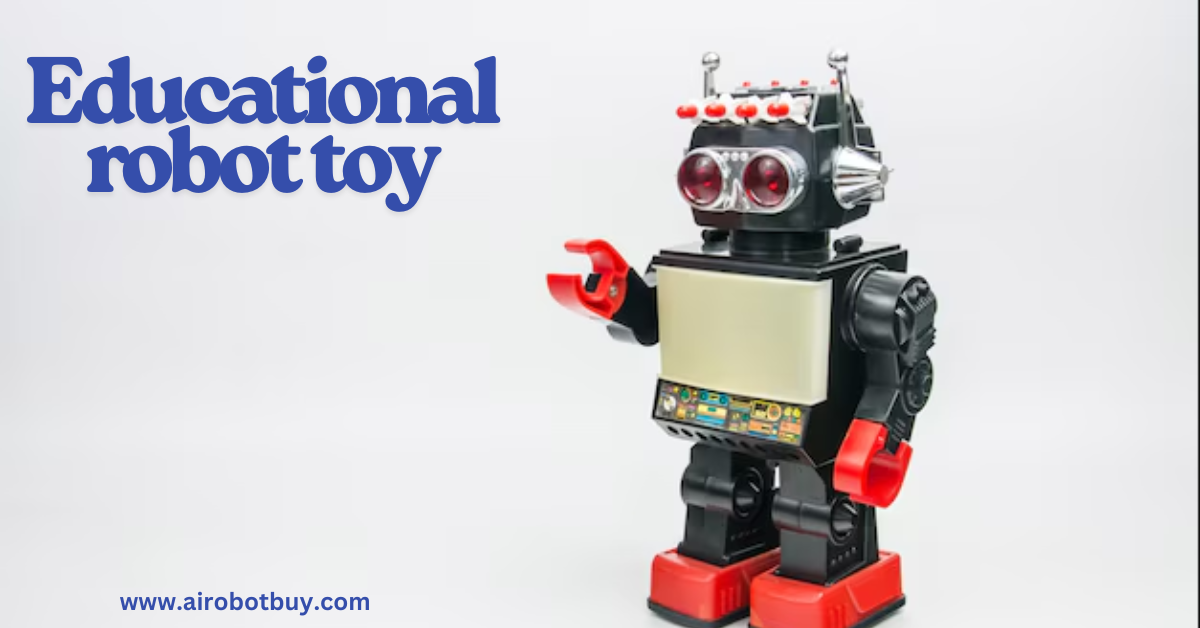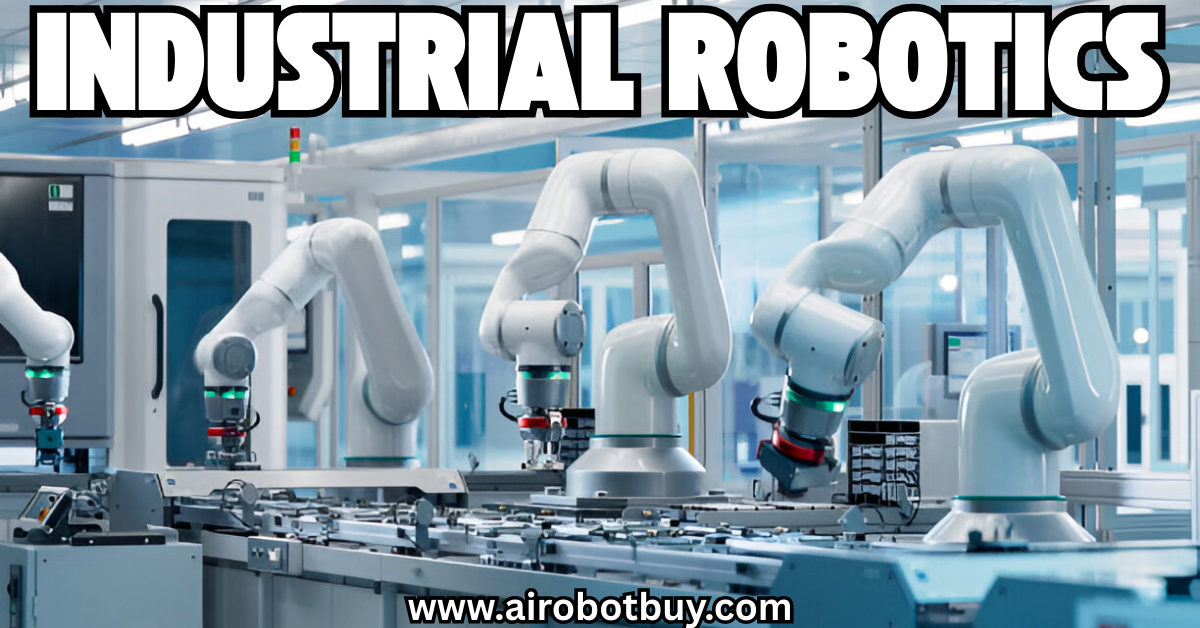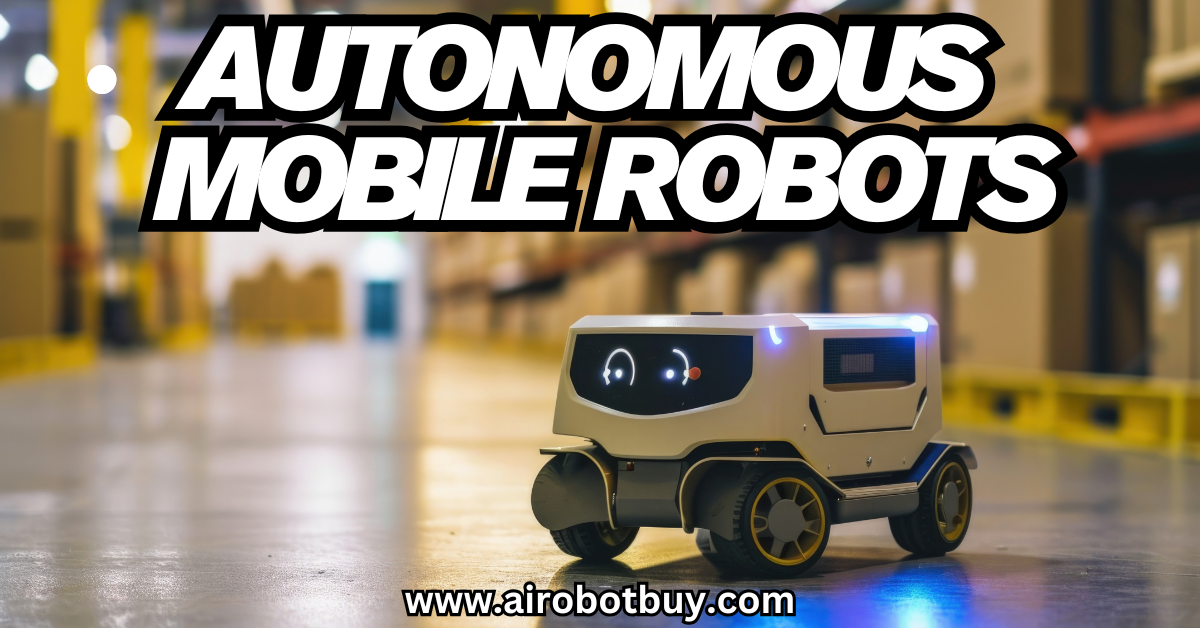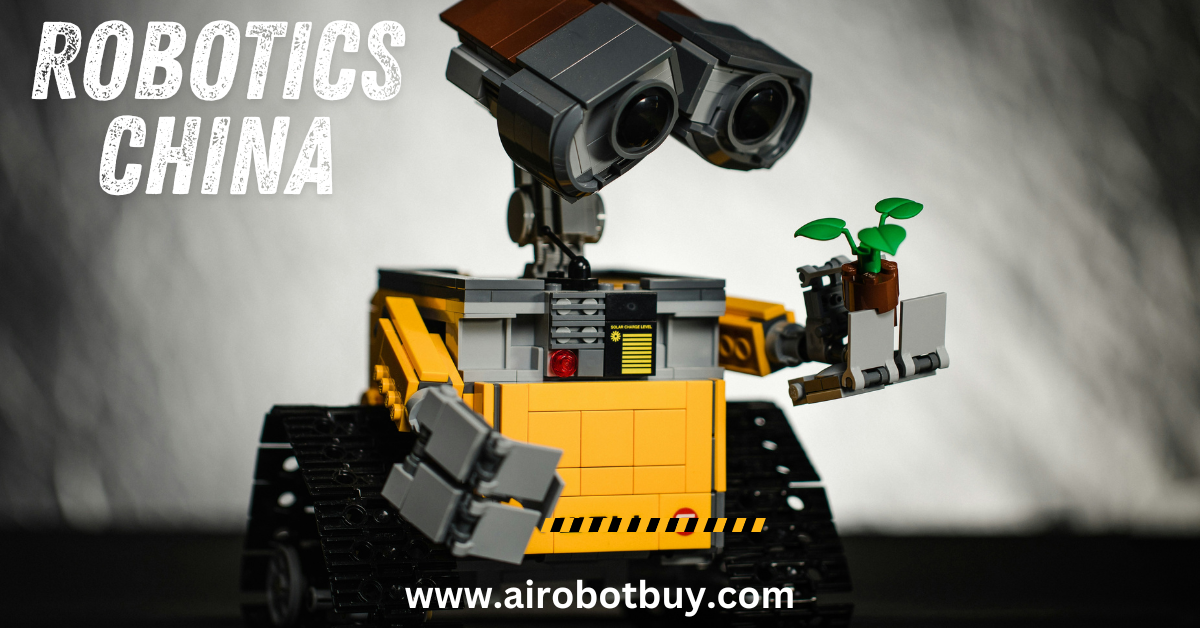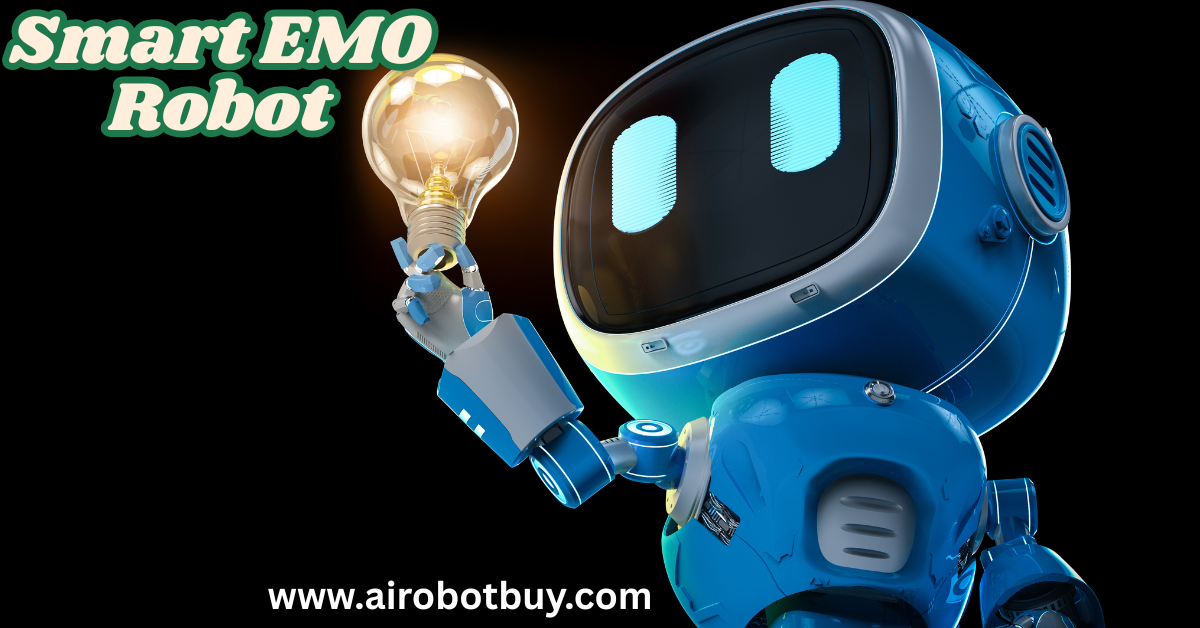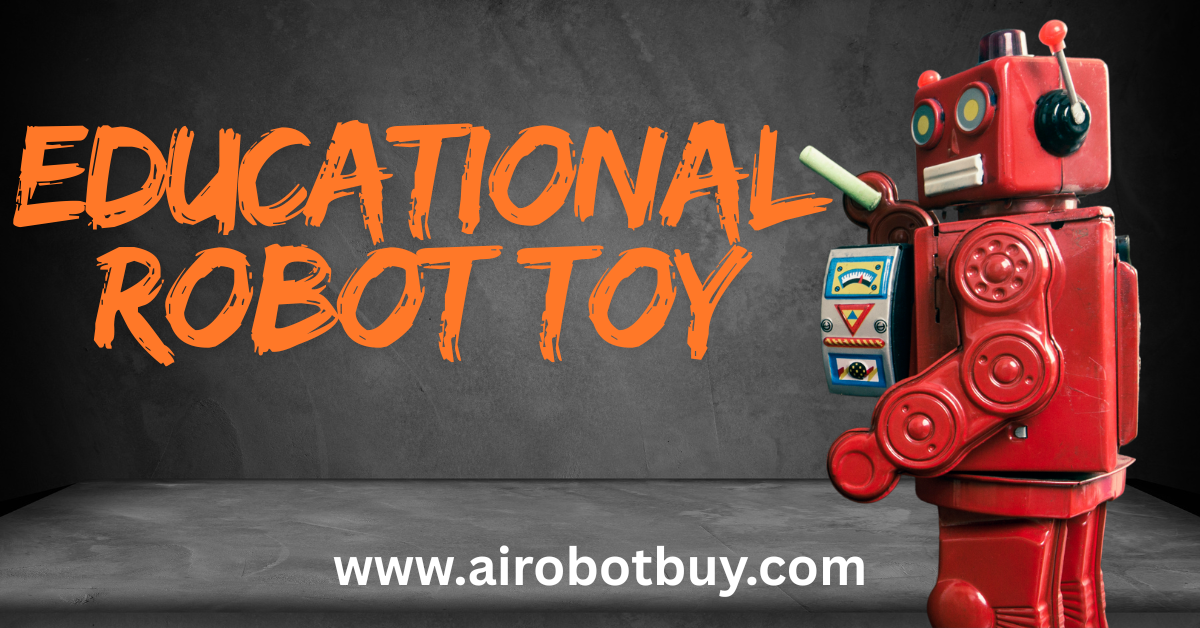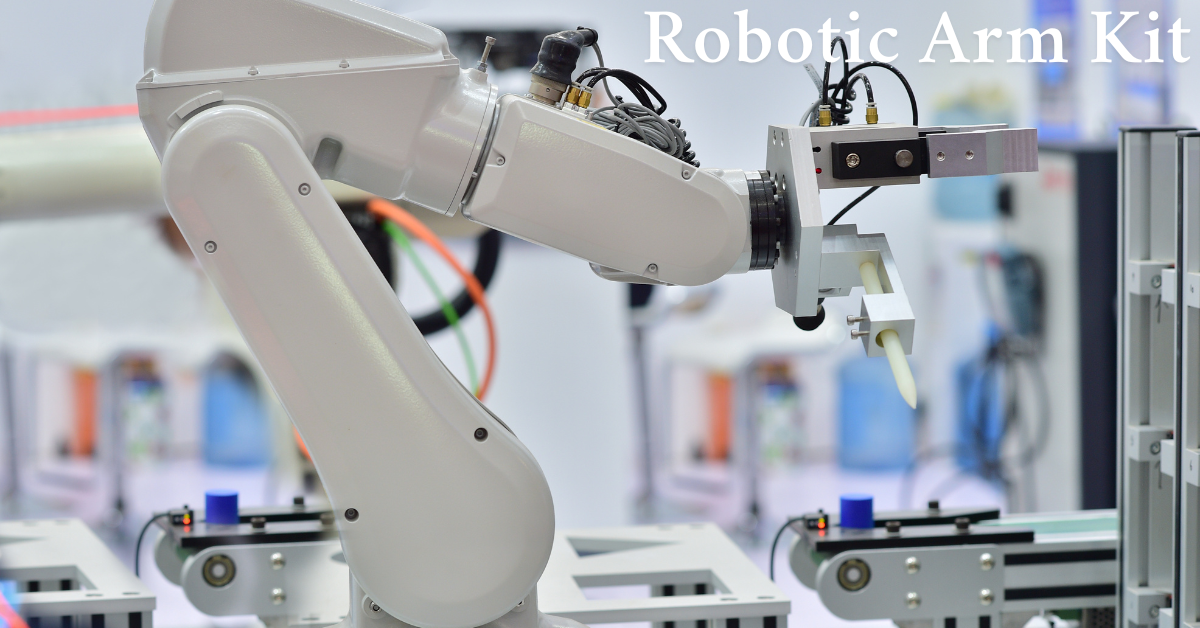Humanoid robots are no longer just a concept from science fiction—they are becoming a tangible part of modern industry. Unlike traditional industrial robots, which are designed for a single repetitive task, universal humanoid robot are built to mimic human movements and adapt to multiple tasks across different environments. Their design includes articulated limbs, advanced sensors, AI-powered decision-making, and communication capabilities, enabling them to work alongside humans or independently in complex operations.
Industries such as manufacturing, logistics, healthcare, and customer service are experiencing measurable improvements in efficiency, safety, and operational flexibility thanks to these robots. They can perform repetitive, physically demanding, or hazardous tasks while reducing errors, enhancing productivity, and lowering operational costs. Additionally, humanoid robots are capable of learning and adapting over time, allowing businesses to deploy them in various applications without extensive reprogramming.
As the technology evolves, businesses that integrate humanoid robots strategically are gaining a competitive edge, optimizing processes while keeping human oversight where it matters most.
Universal Humanoid Robot Transforming Industries with Innovative Applications
In this guide, we will explain the features, applications, technologies, benefits, challenges, and future trends of universal humanoid robot and how they are transforming industries.

What is a Universal Humanoid Robot?
A universal humanoid robot is a robot designed to perform tasks similar to a human being while being adaptable across multiple industries. Unlike specialized robots that perform only one function, these humanoid robots can handle a variety of tasks due to their flexible design and intelligent systems. They are often built with articulated arms, bipedal locomotion, sensors, cameras, and AI-powered decision-making systems. Visit here!
Key Features of Universal Humanoid Robot:
- Human-like Motion: Capable of walking, bending, lifting, and precise arm movements.
- Multi-task Capability: Can switch between tasks without the need for complete reprogramming.
- AI-driven Learning: Use machine learning to improve efficiency, accuracy, and adaptability over time.
- Environmental Awareness: Sensors detect obstacles, humans, and objects for safe operation.
- Interactive Interface: Can communicate with humans using natural language and gestures.
Why it Matters:
Universal humanoid robot reduce dependency on manual labor, handle repetitive or hazardous tasks, and improve productivity in multiple sectors. They act as a bridge between automation and human-like adaptability, making them suitable for complex, dynamic work environments.
Industries Benefiting from Humanoid Robots
Humanoid robots are versatile and have measurable impact across several industries. Each industry benefits differently depending on operational needs and task complexity.
1. Manufacturing
- Perform assembly, inspection, and quality control tasks.
- Can handle heavy machinery or materials unsafe for humans.
- Enable continuous production without fatigue.
2. Logistics and Warehousing
- Pick, sort, and pack items efficiently.
- Integrate with warehouse management systems to optimize workflows.
- Reduce human error and increase throughput.
3. Healthcare
- Assist patients with mobility and rehabilitation exercises.
- Monitor patient vitals and help in routine care.
- Reduce staff workload and enhance operational efficiency.
4. Customer Service
- Serve as information kiosks or reception assistants.
- Answer queries and guide customers through processes.
- Handle repetitive interactions, freeing human employees for complex tasks.
Summary Table: Industry Benefits
| Industry | Tasks Performed | Key Benefit |
|---|---|---|
| Manufacturing | Assembly, inspection, lifting | Improved productivity |
| Logistics | Picking, sorting, packing | Reduced errors, faster throughput |
| Healthcare | Patient assistance, monitoring | Lower staff workload, safer care |
| Customer Service | Guidance, information, assistance | Higher efficiency, better service |
Core Technologies Driving Innovation
Humanoid robots combine multiple technologies to perform complex, human-like tasks. These technologies enable adaptability, accuracy, and interaction in diverse environments.
Key Technologies:
- Artificial Intelligence (AI) and Machine Learning:
- Enables robots to learn tasks, optimize actions, and adapt to changes.
- Reinforcement learning allows robots to improve with experience.
- Computer Vision:
- Detects and identifies objects, obstacles, and humans.
- Facilitates navigation and task execution in dynamic environments.
- Sensors and Actuators:
- Pressure, force, and motion sensors ensure precision.
- Actuators control movement of joints, arms, and legs.
- Natural Language Processing (NLP):
- Allows human-robot communication through speech and text.
- Enables customer interaction and information delivery.
- Robotic Control Systems:
- Coordinates all sensors, AI modules, and mechanical movements.
- Maintains balance, posture, and motion accuracy in real time.
Technology Table: Contribution of Core Systems
| Technology | Role in Humanoid Robot |
|---|---|
| AI & Machine Learning | Task learning, adaptation, decision-making |
| Computer Vision | Object recognition, navigation, safety |
| Sensors & Actuators | Precision, movement control, force feedback |
| NLP | Human-robot communication and interaction |
| Robotic Control Systems | Coordination of all systems and actions |
Benefits of Universal Humanoid Robot
Humanoid robots provide operational, financial, and strategic advantages. Businesses can realize multiple benefits when integrating them into workflows.
1. Operational Efficiency
- Continuous operation without fatigue.
- Reduced errors in repetitive or precise tasks.
- Faster completion of processes compared to human labor.
2. Safety and Risk Management
- Handle hazardous materials or unsafe environments.
- Reduce workplace accidents and injuries.
- Provide safe collaboration with human workers through sensors and protocols.
3. Cost Optimization
- Lower labor costs over time.
- Reduce waste and errors in production.
- Optimize resource allocation by automating repetitive tasks.
4. Scalability and Flexibility
- Adapt to multiple tasks without additional investment.
- Easily redeployed across departments or sites.
- Future-proof solution due to AI adaptability.
Benefits Summary Table
| Benefit | Impact |
|---|---|
| Operational Efficiency | Faster and accurate task completion |
| Safety | Reduced accidents and safer work environment |
| Cost Optimization | Lower operational costs, reduced waste |
| Scalability | Flexible deployment across multiple tasks |
Challenges and Considerations
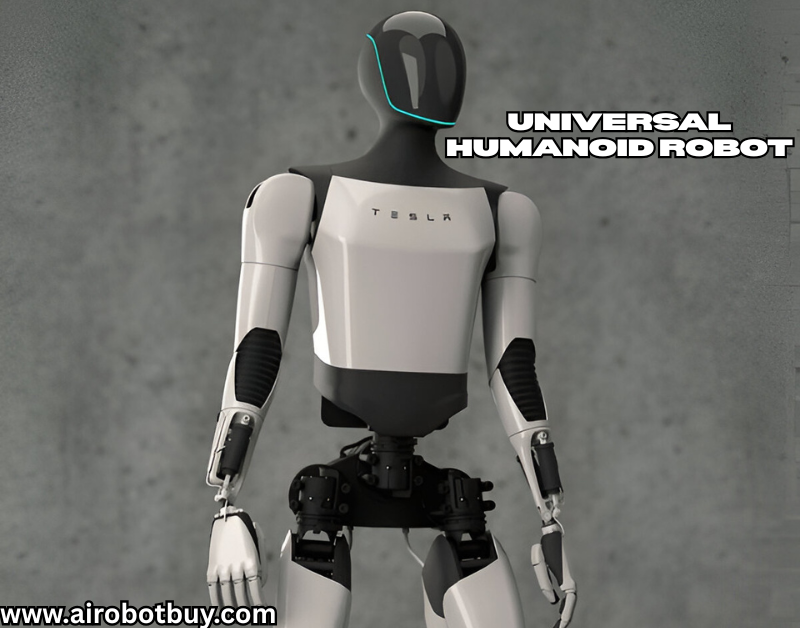
Despite benefits, implementing humanoid robots requires careful planning. Businesses must address several challenges before adoption.
1. High Initial Investment
- Robots can cost between $50,000 and $200,000 per unit.
- Requires budget allocation for purchase, training, and maintenance.
2. Technical Complexity
- Requires skilled staff for programming, operation, and troubleshooting.
- Integration with existing systems may require additional software or hardware updates.
3. Limited Human Judgment
- AI is not fully capable of handling unpredictable scenarios.
- Human oversight is necessary for decision-making in complex or dynamic environments.
4. Maintenance and Downtime
- Regular maintenance is required to prevent breakdowns.
- Downtime may disrupt operations if not planned properly.
Challenges Table
| Challenge | Consideration |
|---|---|
| High Initial Investment | Budget planning and ROI calculation required |
| Technical Complexity | Staff training and technical support needed |
| Limited Human Judgment | Requires human oversight for complex decisions |
| Maintenance & Downtime | Schedule regular maintenance to minimize impact |
Future Trends in Humanoid Robotics
The humanoid robotics industry is evolving rapidly, with new trends shaping how robots will be deployed in the future.
1. Advanced AI Integration
- Robots will perform complex tasks autonomously.
- Improved decision-making and predictive maintenance capabilities.
2. Human-Robot Collaboration
- Robots will work alongside humans in shared workspaces safely.
- Collaboration will optimize efficiency while preserving human judgment in critical tasks.
3. Mobile Robotics
- Robots will navigate dynamic environments beyond controlled industrial floors.
- Capable of operating in hospitals, airports, and warehouses.
4. Energy Efficiency
- Advanced battery and power systems enable longer operation times.
- Reduced downtime and better sustainability of operations.
Future Trends Table
| Trend | Expected Impact |
|---|---|
| Advanced AI Integration | Higher autonomy, better task optimization |
| Human-Robot Collaboration | Safer and efficient teamwork |
| Mobile Robotics | Operations in dynamic environments |
| Energy Efficiency | Longer runtime, lower energy costs |
Implementation Strategy for Businesses
A structured implementation strategy ensures successful adoption of humanoid robots.
1. Identify Use Cases
- Pinpoint tasks suitable for automation.
- Focus on areas with high repetition, safety risks, or efficiency potential.
2. Assess Infrastructure
- Evaluate workspace, connectivity, and power supply.
- Ensure environment supports safe robot operation.
3. Select the Right Robot
- Choose a model that matches operational needs and budget.
- Consider software compatibility and modular design for scalability.
4. Staff Training and Integration
- Train staff for robot operation, supervision, and troubleshooting.
- Gradually integrate robots into workflows to ensure minimal disruption.
5. Monitor Performance Metrics
- Track KPIs like efficiency, error rate, safety incidents, and cost savings.
- Adjust deployment strategy based on performance data.
Implementation Table
| Step | Key Action |
|---|---|
| Identify Use Cases | Select tasks suitable for automation |
| Assess Infrastructure | Ensure workspace, connectivity, and safety |
| Select Robot | Choose model based on needs and budget |
| Staff Training & Integration | Train staff and integrate gradually |
| Monitor Metrics | Track performance and adjust strategy |
ROI and Cost Considerations
Investing in humanoid robots is a significant decision, but returns can be substantial if implemented strategically.
1. Labor Cost Savings
- Automation reduces reliance on manual labor.
- Repetitive and high-risk tasks can be fully handled by robots.
2. Productivity Gains
- Robots work 24/7 without fatigue.
- Production throughput increases by 20–30%.
3. Error and Waste Reduction
- Automation minimizes human errors.
- Reduces material waste and operational delays.
4. Safety and Compliance
- Fewer workplace accidents reduce insurance and legal costs.
ROI Table
| Metric | Expected Improvement |
|---|---|
| Labor Cost | 25–35% reduction |
| Productivity | 20–30% increase |
| Error Rate | 15–25% reduction |
| Safety Incidents | 20–30% fewer |
FAQs: Universal Humanoid Robot
Q1: Can humanoid robots replace human workers entirely?
A1: No. They complement human labor by handling repetitive or hazardous tasks, allowing humans to focus on decision-making and supervision.
Q2: How do humanoid robots learn new tasks?
A2: They use AI and machine learning algorithms, reinforcement learning, and cloud-based updates to improve performance over time.
Q3: Are humanoid robots suitable for small businesses?
A3: Primarily for medium-to-large operations due to cost and complexity, but collaborative models may suit smaller businesses.
Q4: How long is the ROI period for investing in humanoid robots?
A4: Typically, ROI can be realized within 2–3 years depending on task scale and operational complexity.
Q5: What safety measures do humanoid robots have?
A5: Collision detection, motion sensors, environmental awareness, and compliance with human-robot safety protocols.
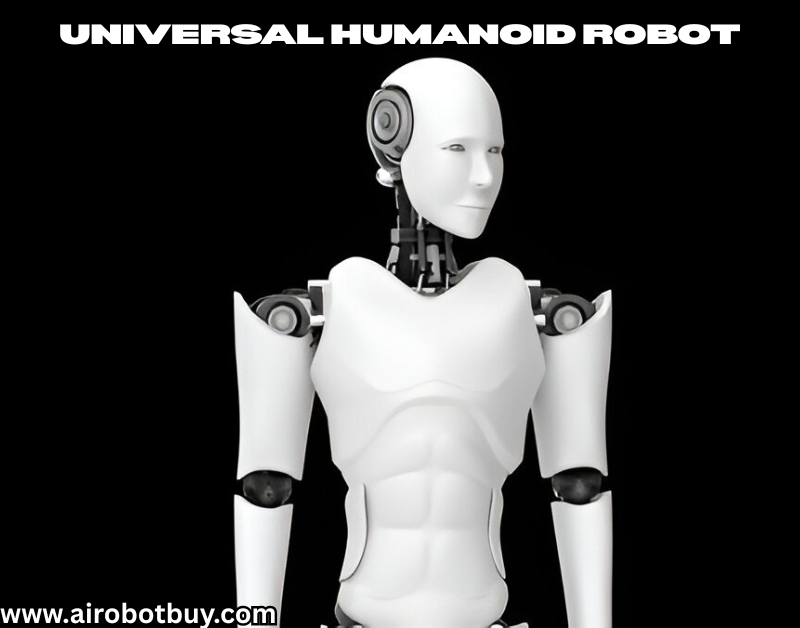
Conclusion
Universal humanoid robot are rapidly moving from experimental technology to essential tools in modern industry. Their ability to mimic human motion, learn new tasks, and operate in diverse environments makes them versatile across manufacturing, logistics, healthcare, and customer service. By handling repetitive, hazardous, or physically demanding work, these robots not only improve operational efficiency but also reduce workplace accidents, lower costs, and allow human workers to focus on tasks requiring judgment and creativity.
The integration of AI, computer vision, sensors, and natural language processing has enabled humanoid robots to perform complex tasks reliably and safely. Businesses adopting this technology gain measurable benefits, including higher productivity, fewer errors, and greater flexibility to scale operations. While challenges such as high initial investment, technical complexity, and maintenance requirements remain, strategic implementation and proper planning make the transition smoother and the return on investment significant over time.
As industries continue to evolve, humanoid robots will play a central role in shaping the future of work. Companies that embrace this technology early are better positioned to streamline processes, enhance safety, and stay competitive in an increasingly automated world.


















